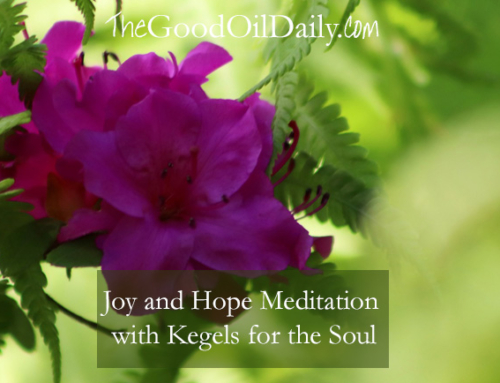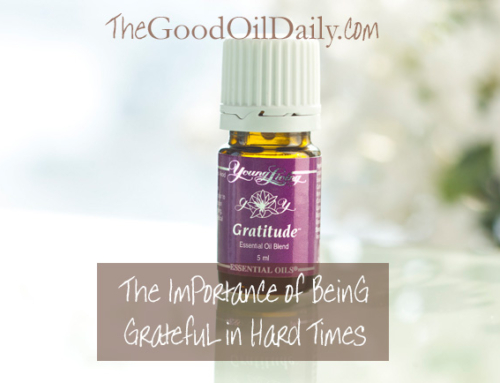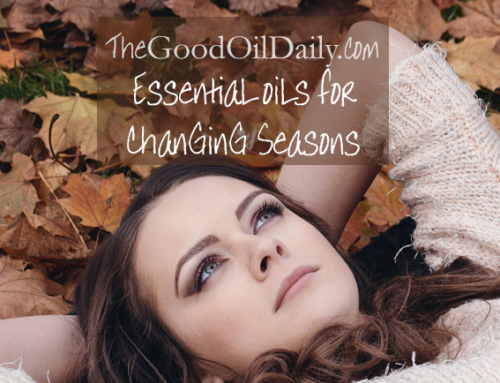I took this photo from the plane when flying back from Darwin after a recent conference and leadership training weekend.
“The closer we are to God, the better the view,” popped into my head while looking at this scene.
So I thought we’d talk more about how essential oils relate to that.
While we have a passion for all things health and wellbeing related here at The Good Oil Daily, we wear our heart on our sleeves when it comes essential oils. Not only are they known as ‘the lifeblood of plants’, but it’s no secret they are the lifeblood of what we talk about here.
Most of the oilers I know started using them on recommendations from friends and family who had positive results — not necessarily because they read about validated effects in research studies. If you are led to things rationally rather than intuitively, however, please do head to the science and you’ll find plenty of food for thought and new possibilities to consider.
But back to anecdotal evidence and things legendary.
Fragrant oils from plants and spices have been used as nature’s medicine for a long, long time. From ancient Greeks to ancient Romans, their virtues were recorded. 12th century Benedictine nun and herbalist Hildegarde of Bingen wrote a book that included over 200 chapters on using plants for healing. Napoleon often left a trail of neroli-scented cologne water in his wake. (He reportedly loved it so much, he ordered 162 bottles of it. I wonder if he shared it with Josephine or kept it to himself.)
And then, there’s the Bible. With over 200 references to aromatics, incense and ointments, one can keep very busy just working through all of those mentions. Even without doing so, the story from the New Testament of the wise men with their gifts of frankincense and myrrh for the Christ child is represented in Christmas celebrations far and wide.
And in Mark 14:3, spikenard is described in the anointing of Jesus:
And being in Bethany in the house of Simon the leper, as he sat at meat, there came a woman having an alabaster box of ointment of spikenard very precious; and she brake the box, and poured it on his head.
In Exodus, the Lord gave Moses a recipe for a holy anointing oil, with ingredients of myrrh, cinnamon, calamus, cassia and olive oil. (Carrier oils have a long history of use, too!)
All in all, the Bible makes reference to a long list of aromatics for anointing and healing the sick.
Young Living has a beautiful collection that can guide you through exploring the twelve most significant precious oils found in the Bible and their fascinating histories. Some in the collection will be obvious to you. Others might be surprise packages. The Twelve Oils of Ancient Scripture™ Kit includes: Aloes/sandalwood, Cinnamomum cassia, cedarwood, cypress, frankincense, galbanum, hyssop, myrrh, myrtle, onycha, Rose of Sharon/cistus and spikenard. It also has a bonus audio CD by Gary Young drawing on his travels to biblical lands and discussing these oils.
This will also connect you up with The Good Oil Team for our personal support and coaching. We'd love to help you on your journey to vibrant well-being the natural way!
Any questions? Please get in touch via our Contact page.
In coming posts, we’ll be taking a look one by one at the oils in this collection. Frankincense is one of the obvious inclusions. We’ve already talked at some length about this special essential oil. We’ll delve soon into its Biblical mentions. In the meantime, you can pick up our top nine tips for using this oil in a practical everyday way.
Enjoy the good oil daily.
The information on this site does not constitute advice. Please consult with your health practitioner. When using any of the products mentioned throughout this site, please be sure to read the labels and follow their suggestions for safe use. Image © The Good Oil Daily






